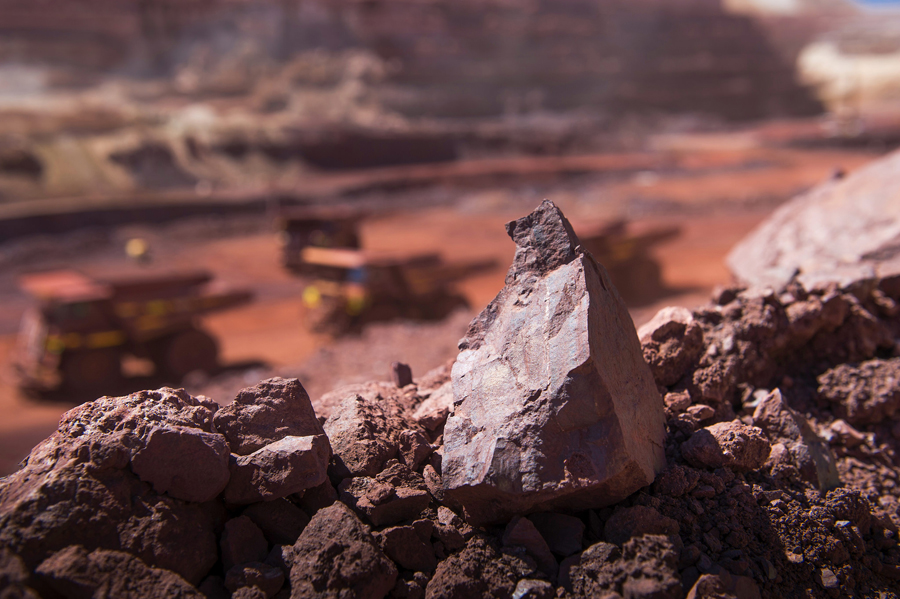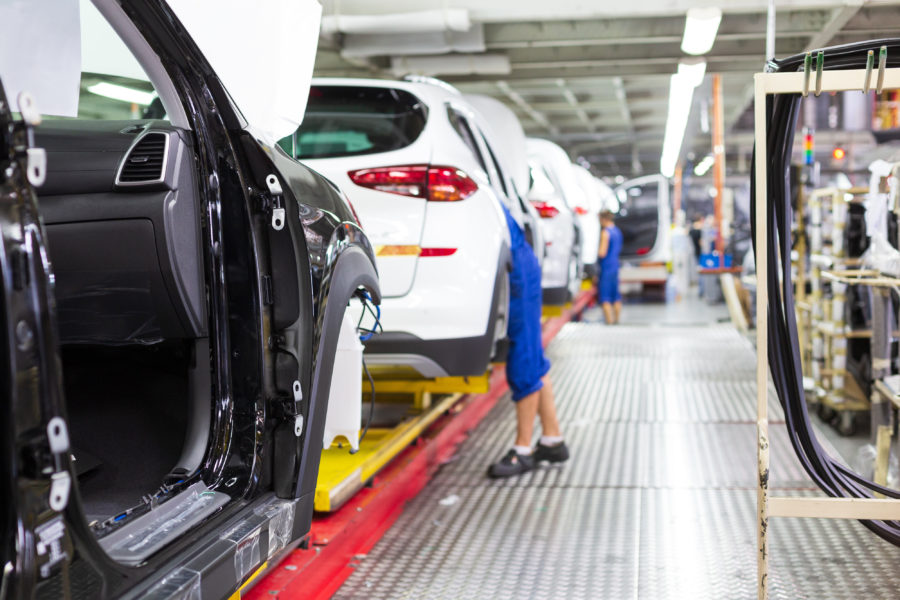Analysts not convinced the iron ore price run has legs

The iron ore price surged to a record $237.57 per tonne Wednesday as strong Chinese demand continued to outpace supply, but analysts are not entirely convinced the price run has legs.
The record price levels are supported by a continued supply squeeze, with major iron ore producers reporting seasonally lower output in the March quarter, and growing concern over the escalating covid-19 crisis in India, which could impact the country’s exports of the metal.
“These factors, along with a recovery in ex-China demand, is expected to drive the global seaborne trade balance into a deeper deficit in 2021, with annual prices forecast to average $153 per tonne,” Ronnie Cecil, principal analyst for metals and mining research at S&P Global Market Intelligence, tells The Northern Miner, although he notes a seasonal rise in Brazilian exports are likely to lower prices in the second half of the year.
CRU Group principal analyst Erik Hedborg attributes the record price run in part to recent production cuts in the city of Tangshan in China’s northeastern Hebei province, which he says have boosted demand for higher quality ore. It has also prompted mills to build iron ore inventories as their margins are on the rise.
“Iron ore producers are enjoying exceptionally high margins as well; around two-thirds of seaborne supply only require prices of $50 per dry metric tonne to break even,” Hedborg said in a May 6 research note.
Price spike
So bullish is Raymond James analyst Brian MacArthur, that he has increased the brokerage’s 2021 calendar price for premium iron ore with an iron content of 65% and higher to $148 per tonne from $138 per tonne previously.
So bullish is Raymond James analyst Brian MacArthur, that he has increased the brokerage’s 2021 calendar price for premium iron ore with an iron content of 65% and higher to $148 per tonne
“Premium iron ore prices remain strong and averaged about $210 per tonne in April. In our view, the recent prices reflect ongoing strong demand supported by commitments to reduce emissions from steelmaking,” MacArthur said in a research note on May 7.
First-quarter production reported by major producers that were in-line or lower-than-expected highlight the supply challenges the industry is facing to meet demand. With a possible global economic recovery and a positive outlook for domestic growth in China, the near-term outlook for global steel production appears positive.
“While iron ore supply is expected to increase over the remainder of 2021, we believe that increase should be generally absorbed by the strong demand, and hence, we have increased our 2021 calendar Fe 65 price forecast,” MacArthur wrote.
In BMO’s latest Steel Monitor, analyst David Gagliano notes that spot prices for U.S. hot-rolled coil steel have climbed to yet another all-time high, reaching about $1.50 per short ton on May 10, a 5% increase over the past two weeks.
Although the current supply squeeze is expected to ease with increasing domestic production in the U.S. and higher imports, the bank maintains its view that prices are likely to remain well above historical averages for the remainder of 2021 and 2022. This is a result of continued strong end-market demand and a staggered timeline for upcoming greenfield capacity additions, BMO says.

“Our base case, which sees prices moderate in the second half of 2021, is becoming increasingly conservative, given most domestic U.S. capacity is now restarted or running all-out, import growth remains limited, finished steel inventories remain low, lead times remain extended, and global raw materials and finished steel prices continue to move higher,” Gagliano writes.
Unsustainable prices
Gagliano’s colleague Colin Hamilton, a commodity analyst at BMO, argues in a research note that while steel demand is still robust and underpinning the recent record price runs for iron ore, the bank sees the price jump fuelled by a concern by mills in China that bank funding for Australian iron ore may be harder to come by in the months ahead, given the current geopolitical tension between the countries.
“With Bloomberg reporting that China has asked LNG purchasers to stop buying new Australian cargoes, this will further stoke fears of restrictions,” Hamilton commented in a May 10 research note. “However, given the importance of this trade flow to both countries, we do not think an iron ore ban is likely or practical.”
Most iron ore producers are directing investments toward maintaining current production volumes
Moody’s Investors Service says the lofty iron ore prices will likely recede but remain strong amid persistent supply constraints.
“High iron ore prices in early 2021 are unsustainable, but market fundamentals remain strong for 2021 based on supply constraints and a lack of major expansion projects in store for the coming years,” Moody’s senior VP Barbara Mattos says in an interview. “Rising steel demand will sustain iron ore prices at or above the higher end of our $70-$100 per tonne price sensitivity.”
In particular, capacity constraints will keep Vale‘s (NYSE: VALE) 2021 iron ore production to 315 million-330 million tonnes, more than its annual 300 million tonnes in both 2019 and 2020, but far less than its 380 million tonnes in 2018, according to Mattos.
Meanwhile, most iron ore producers are directing investments toward maintaining current production volumes. BHP (NYSE: BHP; LSE: BHP; ASX: BHP), Rio Tinto (NYSE: RIO; LSE: RIO; ASX: RIO), Vale and Fortescue Metals Group (ASX: FMG) together control more than 70% of the global seaborne iron ore market, and all are focused on supply discipline, increasing environmental, social and governance risks and requirements for new projects.
Mattos says she expects high prices will continue to support strong cash flow for the primary producers, at least for the time being, with some of them posting all-time high free cash flow and earnings before interest, taxes, depreciation and amortization (EBITDA).
Scrap comeback
Last year, iron ore prices rallied to nearly $180 per tonne, reflecting 5.2% year-on-year growth in Chinese steel production in addition to supply disruptions, particularly for Vale, and lower inventories at points throughout the year. But once production capacity recovers sometime in 2022 and scrap becomes more readily available, Mattos expects iron ore prices to decline toward marginal production costs of $60-$70 per tonne.
The World Steel Association expects global steel demand to grow by 4.1% this year — rising by 2.5% in Asia, 11% in the EU and 6.7% in North America. China will remain the key driver for iron ore demand. Over time, however, a structural shift toward electric arc furnace steel production and away from emissions-generating blast furnaces would cut iron ore demand growth or shift demand toward higher-quality ore for Chinese consumption.
The analysts point out that steelmakers are increasingly looking to secure premium-grade iron ore as they battle to reduce carbon emissions, especially in China. The steelmaking industry accounts by far for the most carbon emissions of any other industry.
(This article first appeared in The Northern Miner)
{{ commodity.name }}
{{ post.title }}
{{ post.date }}


Comments